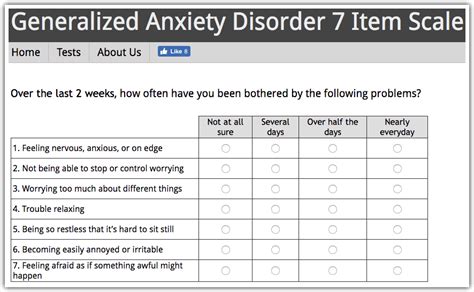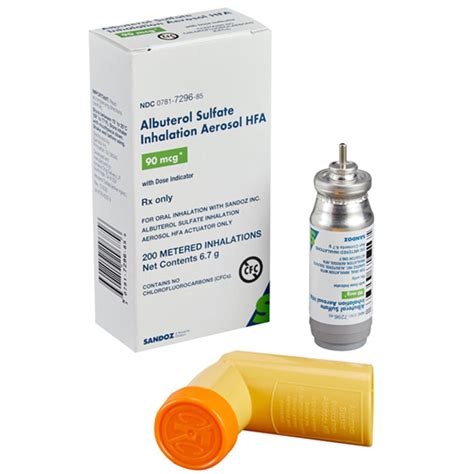Anxiety disorders are among the most common mental health issues worldwide, affecting millions of people from diverse backgrounds and age groups. These disorders can significantly impact an individual’s quality of life, causing distress, interfering with daily activities, and straining relationships. The first step towards managing anxiety is recognizing its symptoms. However, given the complexity and variability of anxiety disorders, identifying these symptoms can be challenging. This article aims to provide a comprehensive overview of anxiety disorders, their symptoms, and how to approach them, ultimately guiding readers through a process of self-discovery and empowerment.
Understanding Anxiety Disorders
At its core, anxiety is a normal human emotion that everyone experiences at some point. It’s a natural response to stress, danger, or an unfamiliar situation, triggering the body’s “fight or flight” response. However, for some individuals, anxiety can become overwhelming and persistent, developing into an anxiety disorder. These disorders come in various forms, including generalized anxiety disorder, panic disorder, social anxiety disorder, phobias, obsessive-compulsive disorder (OCD), and post-traumatic stress disorder (PTSD), among others. Each type has its distinct characteristics and symptoms but shares the common thread of excessive fear and anxiety that controls an individual’s thoughts, feelings, and behaviors.
Symptoms of Anxiety Disorders
Recognizing the symptoms of anxiety disorders is crucial for diagnosis and treatment. While these symptoms can vary significantly from one person to another, some common indicators include:
- Persistent and Excessive Worry: Feeling overwhelmed by worry that is difficult to control and interferes with daily life.
- Fear and Anxiety: Experiencing fear or anxiety in response to a perceived threat, which can manifest physically (e.g., rapid heartbeat, sweating) or psychologically (e.g., dread, apprehension).
- Panic Attacks: Sudden episodes of intense fear or discomfort that reach a peak within minutes, accompanied by symptoms such as palpitations, sweating, trembling, and a feeling of impending doom or death.
- Avoidance Behaviors: Avoiding certain situations, places, or objects due to fear or anxiety.
- Physical Symptoms: Headaches, muscle tension, sleep disturbances, gastrointestinal problems, and other physical complaints that are not explained by other medical conditions.
- Intrusive Thoughts: Recurring, unwanted thoughts, ideas, or images that are disturbing and intrusive, often seen in OCD.
- Flashbacks and Nightmares: Reliving a traumatic event through flashbacks or nightmares, typical of PTSD.
Identifying Your Symptoms
To better understand whether you might be experiencing an anxiety disorder, consider the following questions:
- Do you often find yourself worrying about things that are unlikely to happen, and does this worry interfere with your daily activities?
- Have you experienced panic attacks, characterized by intense fear or discomfort that peaks within minutes and includes physical and psychological symptoms?
- Do you avoid certain situations or places because they make you feel anxious or fearful?
- Are you troubled by recurring, unwanted thoughts or compulsions to perform specific rituals or behaviors?
- Have you experienced a traumatic event, and since then, have you had flashbacks, nightmares, or severe anxiety, as well as uncontrollable thoughts about the event?
Seeking Help and Support
If you identify with several of these symptoms or if they significantly impact your life, it’s essential to seek help from a mental health professional. Anxiety disorders are treatable, and early intervention can lead to better outcomes. Treatment often involves a combination of psychotherapy (such as cognitive-behavioral therapy), medication (like antidepressants), or a combination of both. Lifestyle changes, including regular exercise, a balanced diet, sufficient sleep, and stress management techniques (e.g., meditation, deep breathing), can also play a crucial role in managing anxiety.
Practical Steps Towards Recovery
Recovering from an anxiety disorder is a journey that requires patience, understanding, and support. Here are some practical steps you can take:
- Educate Yourself: Learn about your specific anxiety disorder, its symptoms, and treatment options. Understanding your condition can empower you to make informed decisions about your care.
- Seek Professional Help: Consult with a mental health professional who can provide a proper diagnosis and develop a personalized treatment plan.
- Build a Support Network: Reach out to family, friends, or support groups. Sharing your experiences with others who understand what you’re going through can provide comfort and encouragement.
- Practice Self-Care: Engage in activities that you enjoy and that help you relax, such as reading, listening to music, or taking a warm bath.
- Challenge Negative Thoughts: Learn to recognize and challenge negative thought patterns that contribute to your anxiety, replacing them with more positive, realistic ones.
Conclusion
Anxiety disorders can be challenging to navigate, but with the right approach and support, it’s possible to manage symptoms and improve quality of life. By understanding the different types of anxiety disorders, recognizing their symptoms, and taking proactive steps towards recovery, individuals can empower themselves to face their fears and anxieties head-on. Remember, you are not alone, and seeking help is the first courageous step towards healing and recovery.
What are the most common types of anxiety disorders?
+The most common types of anxiety disorders include generalized anxiety disorder, panic disorder, social anxiety disorder, phobias, obsessive-compulsive disorder (OCD), and post-traumatic stress disorder (PTSD). Each has distinct symptoms and characteristics but shares the underlying theme of excessive fear and anxiety.
How can I tell if I have an anxiety disorder?
+To determine if you might have an anxiety disorder, look for persistent and excessive worry, fear, or anxiety that interferes with your daily life. Other indicators include panic attacks, avoidance behaviors, physical symptoms like headaches or sleep disturbances, intrusive thoughts, and flashbacks or nightmares related to a traumatic event. If these symptoms resonate with you, consulting a mental health professional for a proper diagnosis and treatment plan is crucial.
Is it possible to recover from an anxiety disorder?
+Yes, recovery from an anxiety disorder is possible with the right treatment and support. This often involves a combination of psychotherapy, medication, lifestyle changes, and learning coping strategies and techniques to manage anxiety. Seeking help from a mental health professional is the first step towards recovery and a better quality of life.



